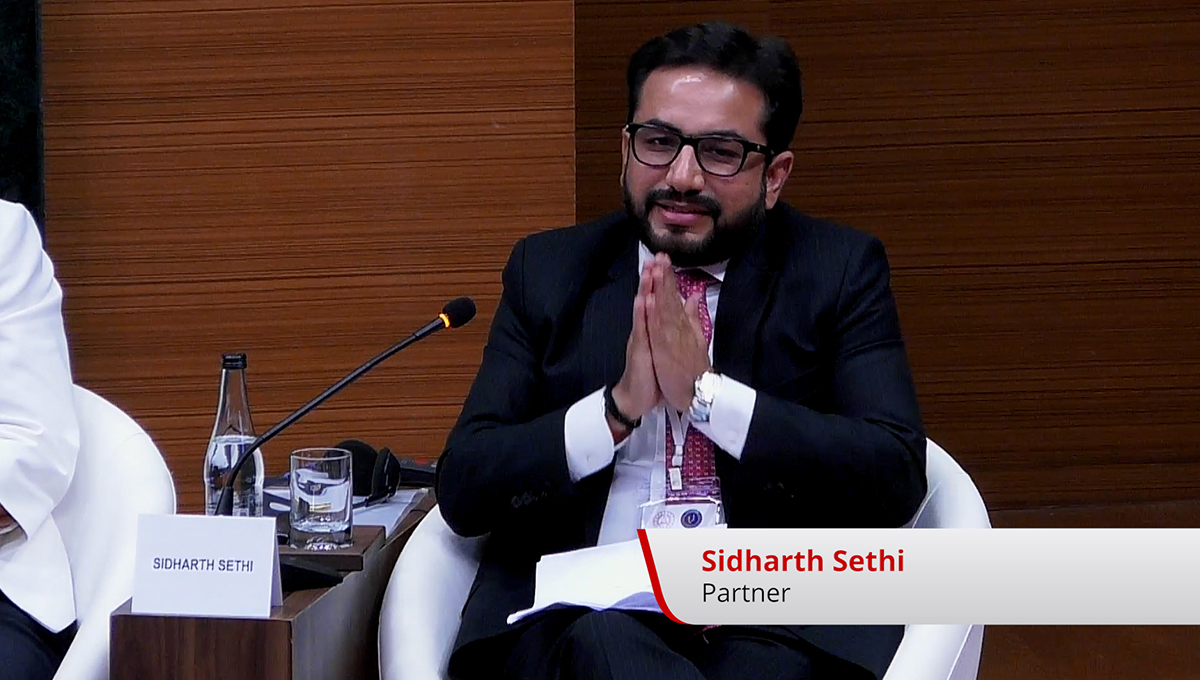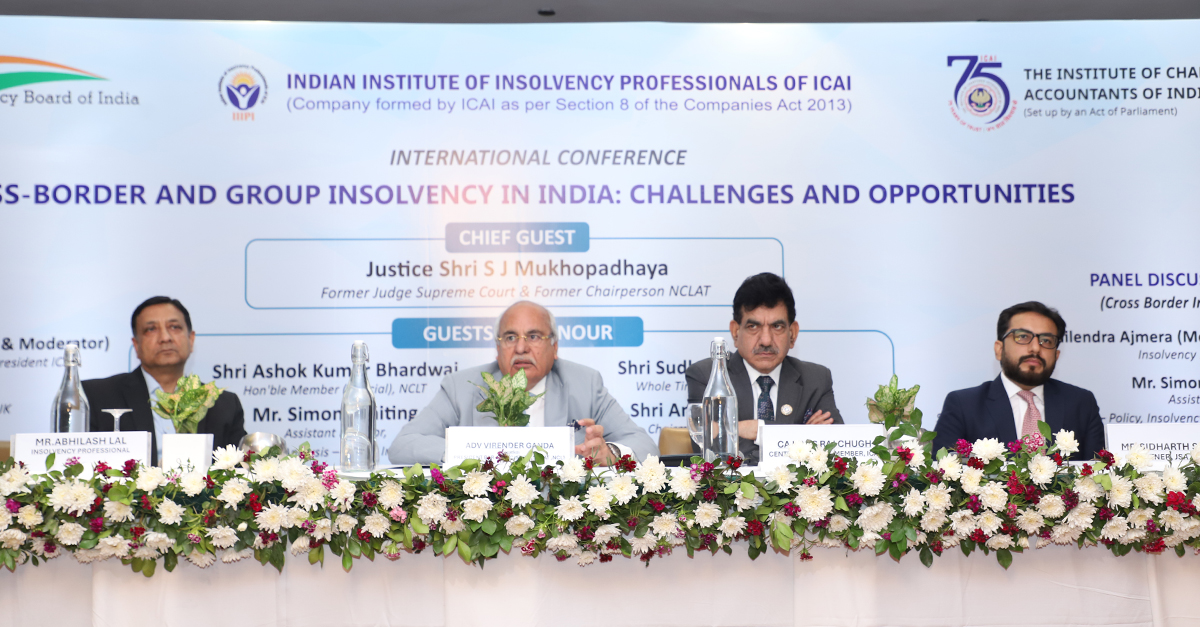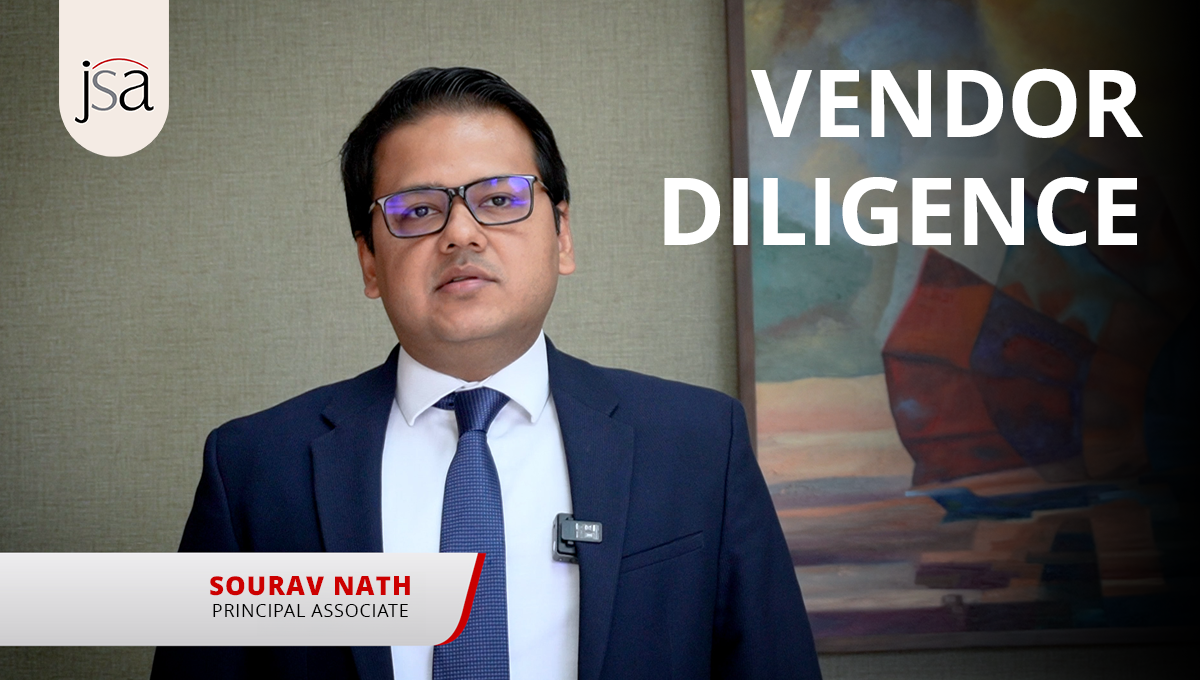Continuing with our series on the importance of Warranty and Indemnity (W&I) Insurance Policies for M&A Transactions, Nandini Seth (Partner) and Dhruv Malhotra (Principal Associate) answer some of the frequently asked questions raised by clients while considering a W&I insurance backed deal.
Transcript
I am a potential acquirer looking to procure a buy-side W&I insurance policy. When should I start the process?
As a buyer, who is looking to procure a warranty and indemnity insurance policy for a transaction, it would be useful to speak to, and get in touch with an insurance broker as early as the commencement of the due diligence process.
I am a seller with a limited fund life and want to structure a NIL recourse exit. How should I approach this?
As sell side, it is advisable to bring up W&I insurance in the initial discussions. We have seen clients discuss W&I insurance (with limited recourse or NIL recourse) at the LOI/ term sheet stage itself.
While structuring a NIL recourse deal, is it possible for the insurer to consider the buy side draft of the acquisition agreement for providing insurance coverage?
No, insurers insist on providing comments only on a negotiated acquisition agreement, particularly the representations and warranties schedule. Based on our experience, it is advisable that the parties negotiate the representations and warranties as if the deal is structured on an indemnity basis before submitting the transaction documents for the purposes of procuring insurance.
Does a corporate seller need to continue to exist throughout the duration of the W&I insurance policy?
W&I insurance makes for an excellent choice for funds with a limited fund life or which are winding up shortly. This is because the seller does not need to be in existence for the duration of the W&I insurance policy.
As a buyer, should there be any kind of rights against the seller in case of a NIL recourse deal backed by W&I insurance?
Yes, please ensure that there is a subrogation right against the seller for fraud. Insurers typically require incorporation of this right in the transaction documents as well as in the insurance policy.
Can a buyer procure a W&I insurance policy after signing the transaction documents?
Absolutely. An insurance policy can be procured after signing the transaction documents. However, do remember that in such a case, there will be coverage gaps for breaches discovered between the signing date and the policy inception date.
Can the payment of premium be delayed until the closing of the transaction?
Insurers typically provide a time period (after the inception of the policy) for paying the insurance premium. In fact, insurers understand these issues and have also accommodated upfront requests for refund of an identified percentage of premium for a W&I policy due to non-occurrence of closing.
What is the typical premium payable for procuring a W&I insurance policy?
While the premium payable generally ranges from 2.2% to 3.5% of the insurance limit, it can go as low as 1.5% or higher as well. The premium quoted by the insurers is specific to each transaction.













Dhruv regularly advises clients on transactional and advisory matters. His primary experience areas are mergers and acquisitions, private equity, and cross border investments.